Angelica Kauffman at the Royal Academy of Arts

Dubbed “possibly the most cultivated woman in Europe” during her lifetime by the philosopher Johann Gottfried Herder, the Swiss-born painter Angelica Kauffman (1744-1807) gained huge renown in the latter half of the 18th century for her portraiture and history painting. Having been taken to Italy by her artist father to learn her craft, she came to establish herself as a child prodigy before moving to London in 1766. Here, thanks to her raw talent, intelligence and considerable charm, Kauffman became one of the founding members of the Royal Academy, one of only two women to achieve this feat alongside Mary Moser. A new exhibition – fittingly at the RA – sets out to convince that Kauffman deserves a return to a more elevated position in the art historical canon she enjoyed in her pomp.
This largely chronological show, originally due to be held at the RA in 2020 but postponed thanks to the COVID-19 pandemic, testifies to Angelica Kauffman’s considerable impact during her own lifetime. Her 1764 portrait of Johann Joachim Winckelmann, depicts the art historian and archaeologist in Rome in the year of the publication of his magnum opus, The History of Art in Antiquity. Only 22 at the time, Kauffman displays an assured handling beyond her years. No less impressive is the portrait of the celebrated English actor David Garrick in the same year, which sees the subject twisted in his chair to face the viewer. The following year, the latter painting was exhibited at the Free Society of Artists in London, attracting a host of admirers and enhancing her burgeoning reputation. Emboldened by this acclaim, the Swiss-born artist decided to move to the English capital in 1766, and was soon introduced to the man who would become the first President of the Royal Academy, Joshua Reynolds. One finds her 1767 portrait of him here, his relaxed demeanour speaking volumes for the high regard they held each other in.
The 15 years Angelica Kauffman lived in London from 1766 to 1781 saw the artist achieve remarkable levels of fame and fortune. Her work seemed to be everywhere, in portraits and history paintings, etchings and engravings. In 1768, a mere two years after her arrival, the painter’s creative success and uncanny ability to charm her way into the social and artistic hierarchies led to her becoming a founding member of the Royal Academy. Featured here is fellow Royal Academician, Johan Zoffany’s 1771-72 group portrait of the members gathered together in their life drawing room to study nude male models. Prohibited from attending on moral grounds, Kauffman and the other female member, Mary Moser, appear in the form of recognisable portraits on the wall. The former’s friendship with the considerably older Joshua Reynolds, who had promoted her, was the subject of licentious speculation. Kauffman revealed her own strength of character in insisting that Nathaniel Hone’s painting The Conjurer, a satire on Reynolds and her, be removed. For all its now archaic politeness, the original letter to her fellow academicians, displayed in this exhibition, emphasises the writer’s forthrightness. It had the desired effect and the offending work was withdrawn. This episode apart, however, Kauffman largely gained the respect and esteem of her London artistic contemporaries.
Visitors to the current show will find two of the four oval ceiling panels she was commissioned to paint for the academy’s former home at Somerset House, entitled respectively Design (1780) and Composition (1780). The former features a female artist drawing from Michelangelo’s celebrated BelvdedereTorso statue, a cast of which was and continues to be kept at the RA. Composition depicts a woman caught in a melancholic pose, her hand holding a pair of compasses. Following the end of the exhibition, they will be returned to their present home in the Academy’s entrance hall.
Embracing the neoclassical style of her era, Kauffman extended her repertoire to the traditionally male domain of history paintings, her preferred genre. Her grand subjects from antiquity or history, informed by extensive studies of the likes of Correggio, Carracci and Raphael, make up two-thirds of her output. Penelope at Her Loom (1764), seen here at the RA, is a single-figure history painting she created in Rome before coming to London. Rather than focussing on Odysseus, Kauffman chose to depict Penelope, the wife he left in Ithaca before sailing off on his adventures. She stops her weaving to stare forlornly into space as her dog looks out at us, equally bereft.
Kauffham showed history paintings at the Royal Academy’s annual exhibitions regularly from 1769 to 1797. Consistently, the artist was drawn towards the portrayal of interesting narratives about women. Cleopatra Adorning the Tomb of Mark Anthony (1769-70), depicts the famed Egyptian queen draping her Roman love’s last resting place with flowers, attired in a pure white dress so typical of Kauffman’s female characters. It starkly contrasts with the tendency amongst male painters to emphasise Cleopatra’s seductive charms. Elsewhere, one finds the artist painting scenes from British history. Eleanora Sucking the Venom Out of the Wound of Her Husband, King Edward 1 (1776) draws upon a surely fictitious account of the English queen saving her warrior king during the crusades. Capturing this act of heroic devotion, Kauffman uses a clever compositional device, mirroring Eleanora’s right leg with the king’s left, alluding to their emotional connection.
In 1777, the Swiss artist, who always showed a canny nose for career opportunities, painted Poor Maria, a beloved character from Laurence Sterne’s A Sentimental Journey through France and Italy (1768). In the novel, the chief protagonist comes across Maria, a beautiful young woman, grief-stricken following the death of her husband. In Kauffman’s small oil on copper, one finds the pretty young woman, characteristically garbed in white by the artist, mournfully resting her head on her hand as she sits on a rock in a rural setting. To modern tastes, it is saccharine sweet in the extreme but Kauffman definitely struck a chord with her own time. It became one of her most reproduced works, being rendered in engravings and made into a decorative schema for everything from brooches to watch cases.
This RA exhibition attests to the artist’s glittering array of celebratory sitters. Notable examples on display are a characteristically dramatically posing Lady Emma Hamilton, later to be Nelson’s lover, performing one of her ‘attitudes’ as Muse of Comedy (1791) and a couple of portraits hung alongside each other depicting Henrietta Maria Hill, later Brudenell-Bruce, the Marchioness of Ailesbury, as the Muse Erato (1792) and her husband, Charles Brudenell-Bruce, the 1st Marquess of Ailesbury (1795). The former appears as some pure maiden from antiquity, seated in a flowing white dress and gold cape, dark curls fashionably held up, a sinuous left hand draped over a floral wreath decorated harp. The Marquess is memorably depicted in the costume and poise of one of Van Dyck’s “swaggering” aristocrats so decimated by the Civil War in the previous century.
Throughout this exhibition, one sees Kauffman exploring her identity as an artist through her self-portraits, shaping her own reputation in a male-dominated art world. Her 1780 Self-portrait with Bust of Minerva would appear to point towards an artistic dialogue with her friend Reynolds’s own celebrated Self-portrait of the same year. Where he depicts himself as every inch the grand “modern” master in front of a bust of Michelangelo, Kauffman imbues herself with a gentle grace mixed with creative pride. Stylus in one hand and a portfolio of drawings in the other, she sits before a bust of Minerva, the Roman goddess of wisdom echoing Reynolds’s bust of Michelangelo in tone and placement. Elsewhere, in Self-Portrait at the Crossroads Between the Arts of Music and Painting (1794) one finds the artist giving pictorial form to the dilemma she once faced in choosing between a musical career (she possessed a much-admired soprano voice) and an artistic one.
The RA show ends with her latter career spent in Rome where she extended her clientele and made a new circle of friends, including Johann Wolfgang von Goethe and Johann Gottfried Herder, whilst continuing to work for a number of British patrons. She married the Venetian painter, Antonio Zucchi, was commissioned by Pope Pius VI to paint a Swiss Chapel and gained such widespread respect that when French forces occupied Rome in 1798, her studio near the revered Spanish steps was protected from looters. The exhibition is brought to a conclusion by a moving letter sent to the Members of the Royal Academy in 1807 informing them of Kauffman’s passing. One learns the sculptor Antonio Canova organised her huge funeral in Rome, in which Kauffman’s last paintings, David and Nathan and Christ and the Samaritan Woman were each carried behind her coffin and the Saint’Andrea delle Fratte.
At the height of her fame, Angelica Kauffman was so popular that a word was even coined for it, “Angelicamad”. Through a combination of talent mixed with sheer tenacity, social adroitness and self-promotional acumen, she rose to the top of a profession dominated by a male establishment. For that, the Swiss-born artist deserves our respect.
James White
Image: Royal Academy of Arts/Collection of National Museum in Warsaw
Angelica Kauffman is at the Royal Academy of Arts from 1st March until 30th June 2024. For further information visit the exhibition’s website here.

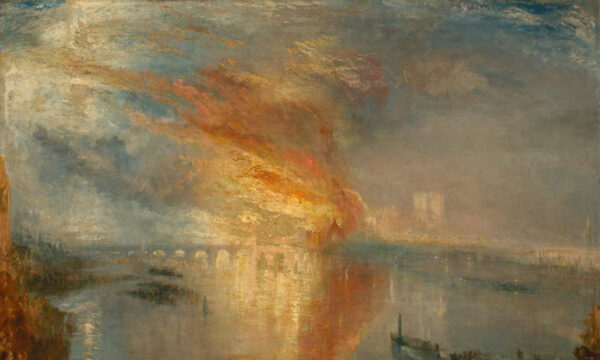


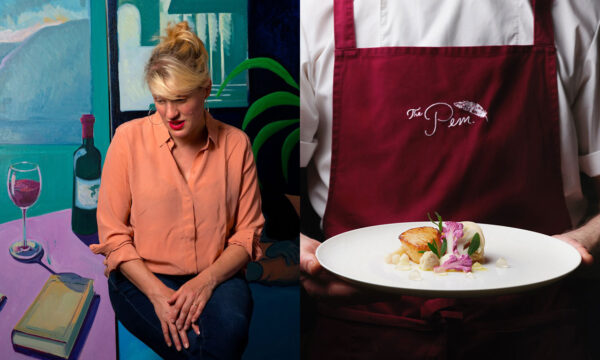
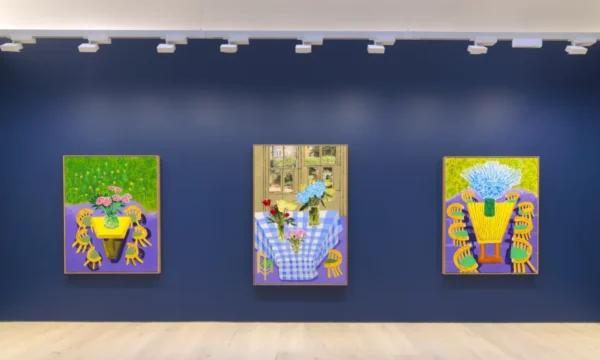

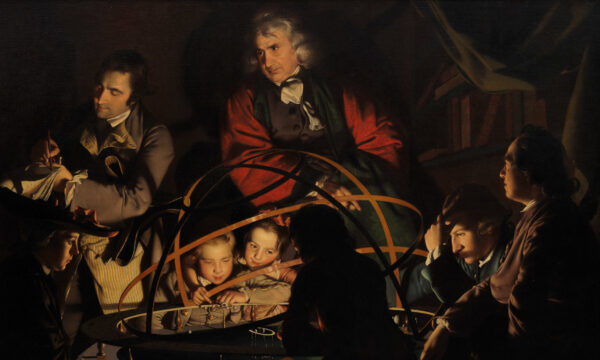
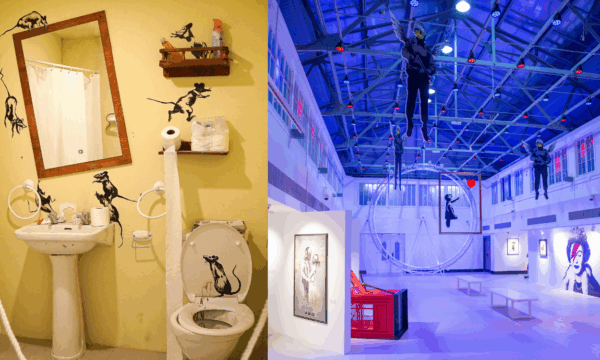






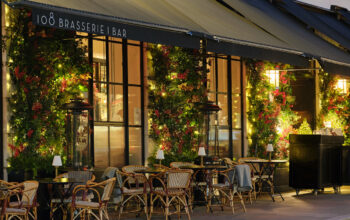

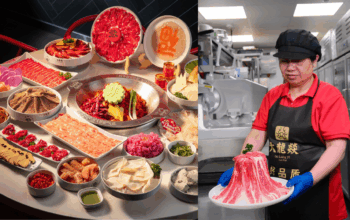

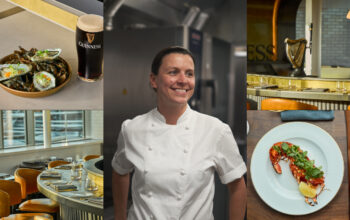





Facebook
Twitter
Instagram
YouTube
RSS